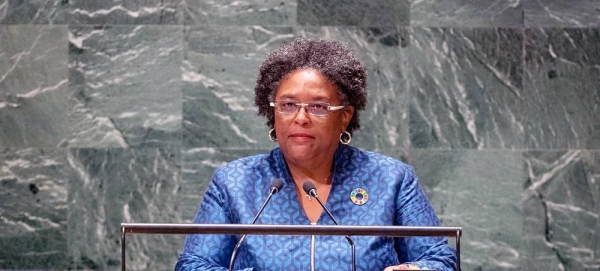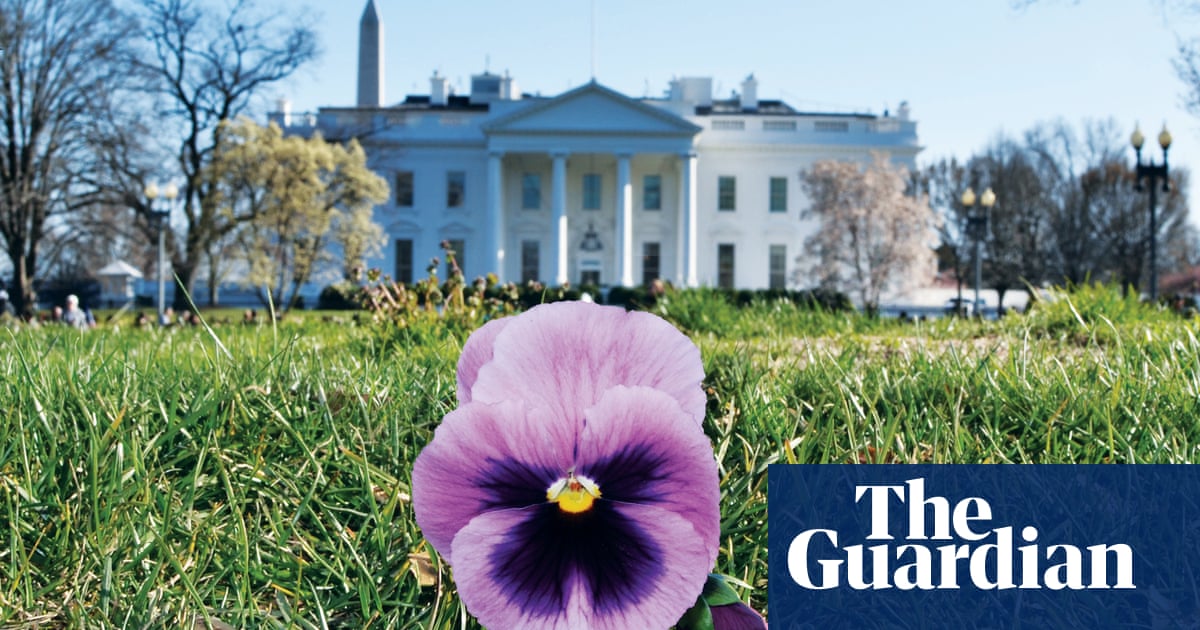
p to 200 soldiers a day have been working alongside NHS and civilian contractors,” ran the breathless commentary as the Nightingale hospital at the ExCeL centre in London prepared to open last April. This was Britain’s first “coronavirus field hospital”, with space for 4,000 patients, put together in nine days. Morale was “amazing”, reported one nurse, who was brushing up on her knowledge of ventilators via e-learning modules in a nearby hotel.
Six other pop-up centres were meant to alleviate pressures around England as hospitalisations for Covid-19 cases rose rapidly. But while the Nightingales may have sent a “message of hope”, as Prince Charles said when he opened the first one, the overall scheme was a costly mistake. Manchester’s treated about 100 people with Covid; Exeter’s had 29 patients this month. Bristol and Harrogate have provided an overflow service for other patients and services. But Nightingales in Birmingham and Sunderland treated no one at all. In all, about £532m was spent for remarkably little gain.
Parliamentary scrutiny of the Nightingales must come at some point. The intense pressure on hospitals and their staff, and the worryingly high rate of transmission and demands of the vaccination programme, mean politicians and officials have other priorities at the moment. But we will all be able to learn from this episode. One immediate lesson is already clear: how some of the people who run our health service drastically failed to grasp the importance of the people who work in the NHS.
The government and the NHS know they have a staffing problem. Nurses, of whom there are more than 330,000, are by far the largest staff group, and a shortage of them is recognised as the biggest gap for planners to fill. Ministers have a target of 50,000 new nurses by 2023-24. What they don’t have, yet, is a set of policies designed to improve the retention rate that is the main reason that 10% of nurse positions are vacant, a situation that is likely to get significantly worse following a traumatic year.
This lack of skilled staff is the reason why the Nightingale at ExCeL was doomed to fail. It’s vital to recognise this, however well-intentioned the idea of putting 4,000 extra intensive care beds in London may have been. The doctors and nurses who work in hospital ICUs are professionals with years of experience, both individually and as teams, in institutions with distinct cultures and approaches. The vast ExCeL centre, with its self-conscious echoes of the military hospitals pioneered by Florence Nightingale, was never going to be a safe place compared with wards such as the one at Guy’s and St Thomas’, where the prime minister’s life was saved. Since staff couldn’t be plucked from other overstretched hospitals, or magicked out of thin air, the Nightingales couldn’t live up to the dream.
When budgets are as tight as the NHS’s – with fewer doctors, nurses and hospital beds per head of the population than many comparable countries – then rates of pay, conditions and training all suffer. But the Nightingales’ failure is an object lesson in the risks of overvaluing physical structures while undervaluing expertise.
New buildings capture headlines – as a new antibiotics research centre in Oxford funded by a £100m donation did last week. In politics, they offer concrete manifestations of commitment to a cause. Boris Johnson’s promise to build 40 new hospitals before the 2019 election may have been fictitious, but it struck a chord. But new infrastructure should not be used as a distraction from thinking about the people inside. The mantra of “Build back better” is empty without a parallel commitment to “Train for tomorrow”.
In recent years, feminist economists have tried to shift the thinking that, in normal times and following the logic of international accounting rules, places spending on new hospitals, railways or nuclear power stations in a different box from investment on what they call “social infrastructure”. This term is used in various ways to talk about the value of the public realm and why it matters. But here it means the variety of services, including early-years education and residential care for old people, that we group under the heading of “care”. In 2019 the Women’s Budget Group published research showing that an investment of 2% of GDP in care would create twice the number of jobs as the same investment in construction.
The preference for big, eye-catching projects is obviously not the only reason that the UK’s health and care system is underfunded. The aversion to public spending, particularly since the 2008 financial crash, goes much wider. But when 77% of NHS staff are female, along with 80% of the social care workforce, women are disproportionately affected – as are black and ethnic minority people, who are also over-represented relative to their numbers in the working-age population. Nor is this only a question of numbers. Prof Alison Leary and others have argued that the pay and status of care workers and nurses are likely to have been held down over time by a stereotype of looking after people as something that comes naturally to women.
The extent of the repairs to our society that will be required when the coronavirus is finally beaten back, whenever that is, is overwhelming. With his frequent appearances in hard hats, pride in his reputation for boosterism and 2019 photocall on a JCB, Boris Johnson is an almost parodic antithesis of the sort of leader who might be expected to put people and their vulnerabilities at the centre of a national plan for recovery.
It need not be either/or: physical and technological infrastructure are important. But the case for a new approach to the NHS that places more positive emphasis on people must be made. Almost half of the total NHS budget goes on salaries. Yet too often the performance management systems that pervade public services view staff and their salaries as a burden to be shrunk rather than an asset to be developed. Ideas of progress are understood to point towards digital, not human innovation.
This means that while there is a consensus that healthcare is becoming more complex, with an increase in chronic conditions and an urgent need to shift resources away from acute care towards community settings and prevention, there is not enough acknowledgment of the investment in staff and relationships that is the only way to make it all work. This attitude might seem strange, when the patients who receive healthcare are usually so acutely aware of the nurses, doctors and others who provide it. But perhaps it is only when we are ill ourselves, or those close to us are, that we are prepared to admit our dependence on strangers?
For the Nightingales in London and Sunderland, 2021 brought a sequel with their repurposing as vaccination hubs. At Exeter’s purpose-built site, military medics have been drafted in. But with thousands of empty beds across various sites, the nation has moved on from the idea that seven new hospitals could be created in weeks. Without flesh-and-blood Nightingales to fill it, a hospital is just a hollow shell.
Susanna Rustin is a Guardian leader writer












